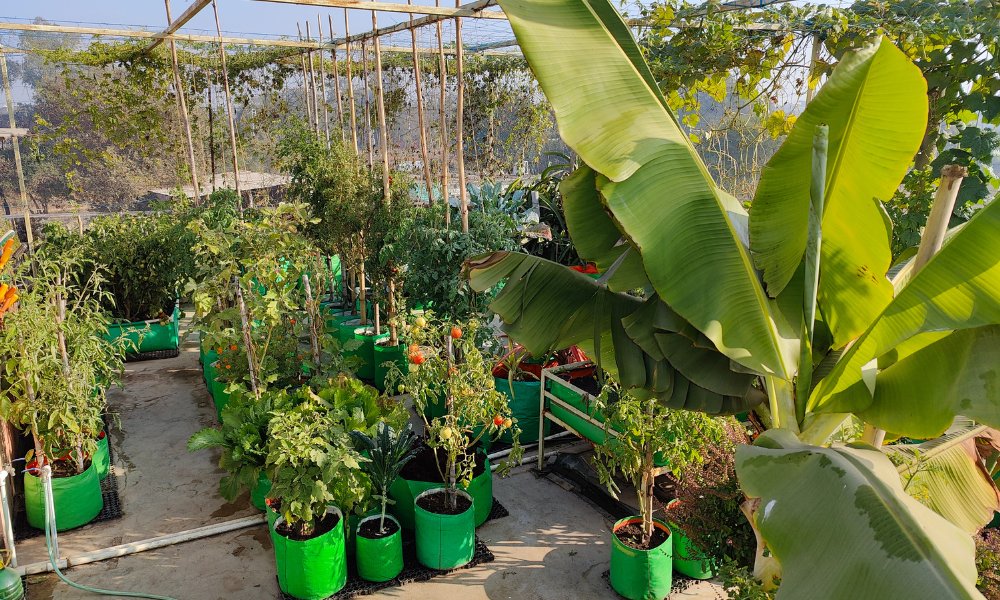
Tips for the Location and Layout of a Vegetable Garden
Choosing the right place for setting up a garden requires a lot of thought, as a poorly chosen place at the beginning can be a big disadvantage. The average home gardener has few options due to the relatively small size of urban lots.
Level soil with good drainage or slightly sloping soil is ideal.
If the ground is on a slight slope, smooth the slope by filling in the depressions with earth taken from obvious hills; otherwise, some plants will suffer from an excess of moisture, while others, located only a few feet away, will suffer from a lack of it. It is difficult to get even support for seedlings on uneven ground because germination is always uneven.
If the only piece of land has a moderate to steep slope, several terraces with benches must be built to conserve soil and moisture. The slope of the slope will determine the number of terraces needed. Moderate slopes need two or three expansive terraces; steep slopes require several narrower ones.
On moderate slopes, terraces can be formed from the earth, but on steeper slopes, concrete, brick, or stone retaining walls are necessary to prevent severe damage and soil loss during severe storms. These terraces should have a slight slope from the retaining wall.
Good drainage is essential in gardens, as no large crop will tolerate “wet feet” for long. Too much moisture in the soil is detrimental to plant growth because roots need moisture and air circulation to function properly. Saturated conditions also significantly slow down the beneficial activity of soil organisms, which, like roots, need air to thrive.
Two methods are commonly used in garden design, each with advantages and disadvantages. One method is to dig and prepare all the areas set aside for growing vegetables and crops in rows, side by side, with no clear aisles between them. It is a common system in temperate regions and can utilize the area to the maximum.
An alternative, probably the most commonly used method, is to grow vegetables in slightly raised beds, where each bed is dedicated to one crop. It may be worth practicing the first method during the dry season for winter crops and then resorting to the bedding method during the wet months to help with drainage. Read this article to learn more.
Summary
Gardeners who practice the bed method often make the mistake of making the paths too wide and the beds too narrow and high. The bed can be any convenient length, but it must be four feet wide to accommodate multiple rows of crops such as beets, carrots, and lettuce.
